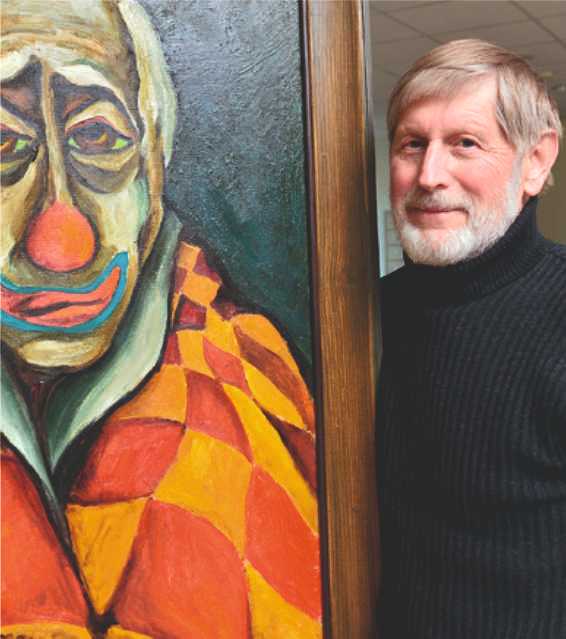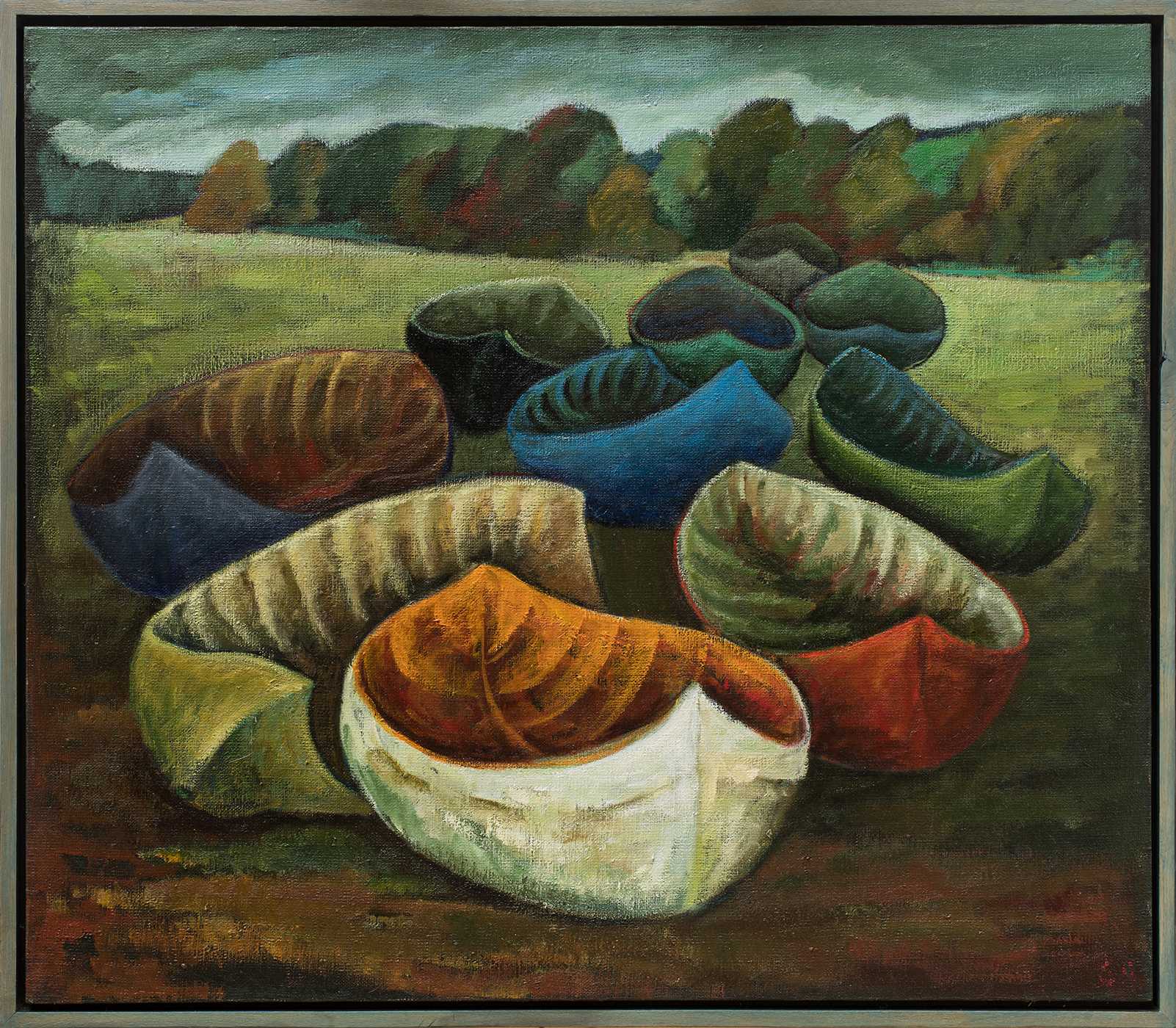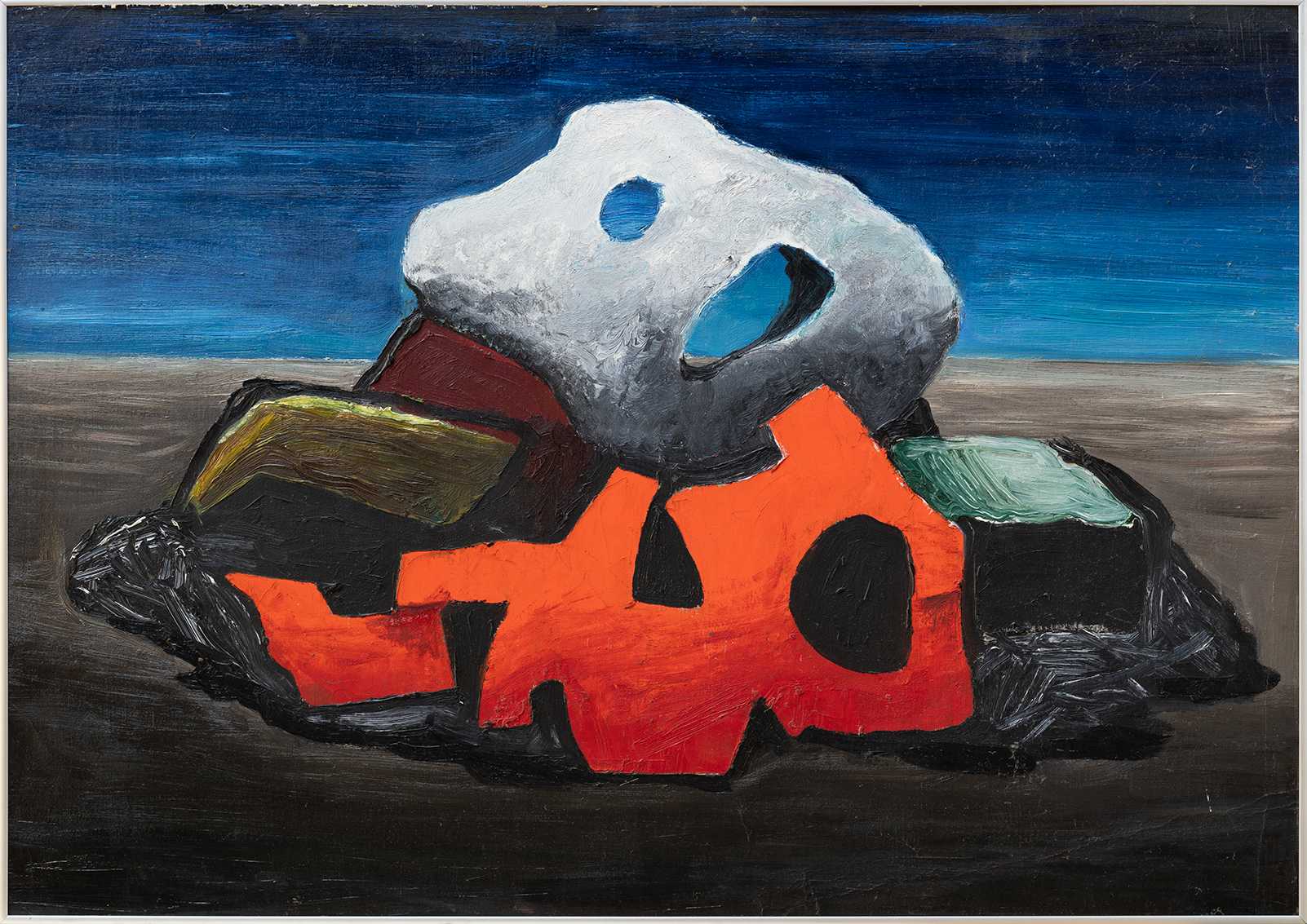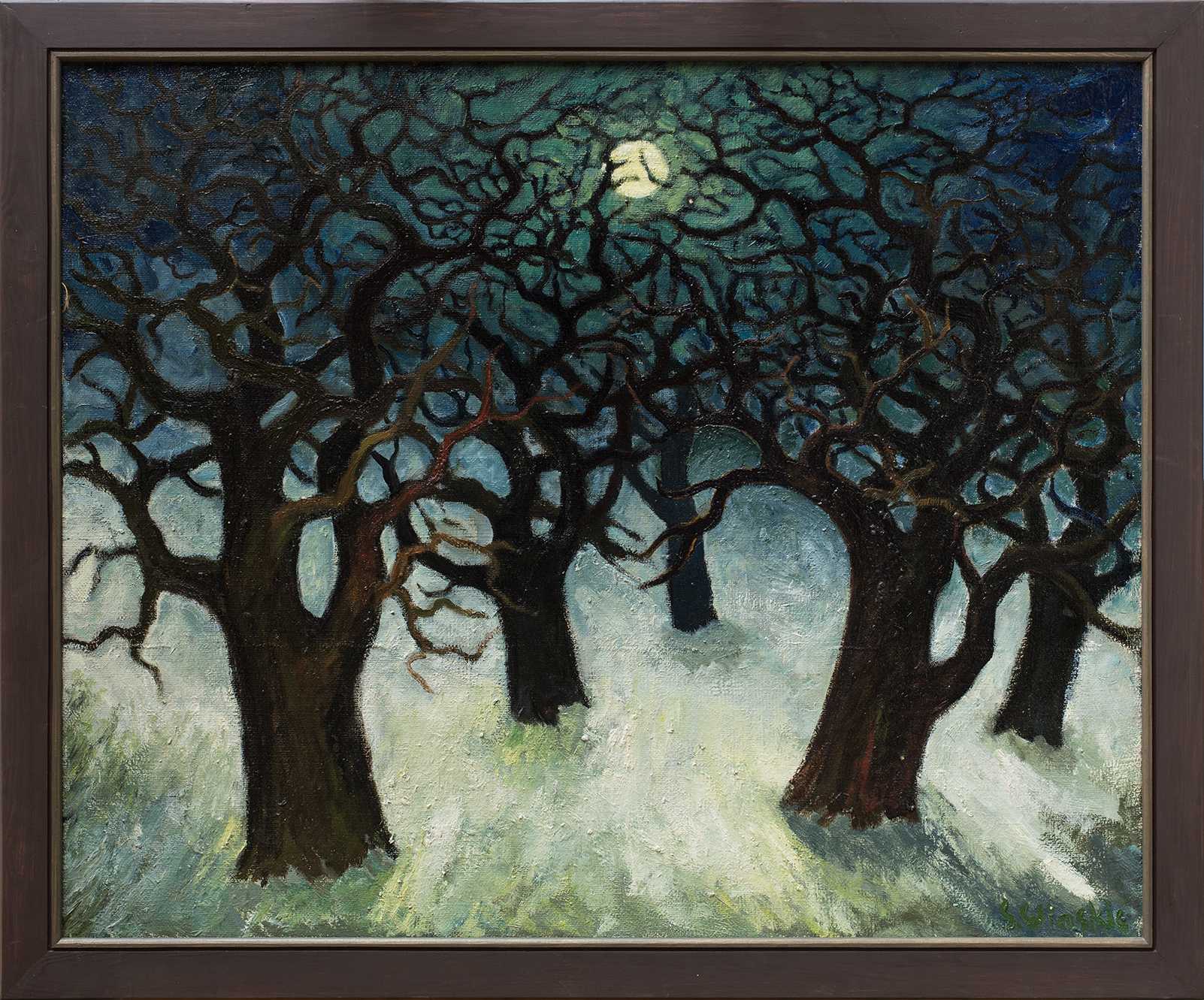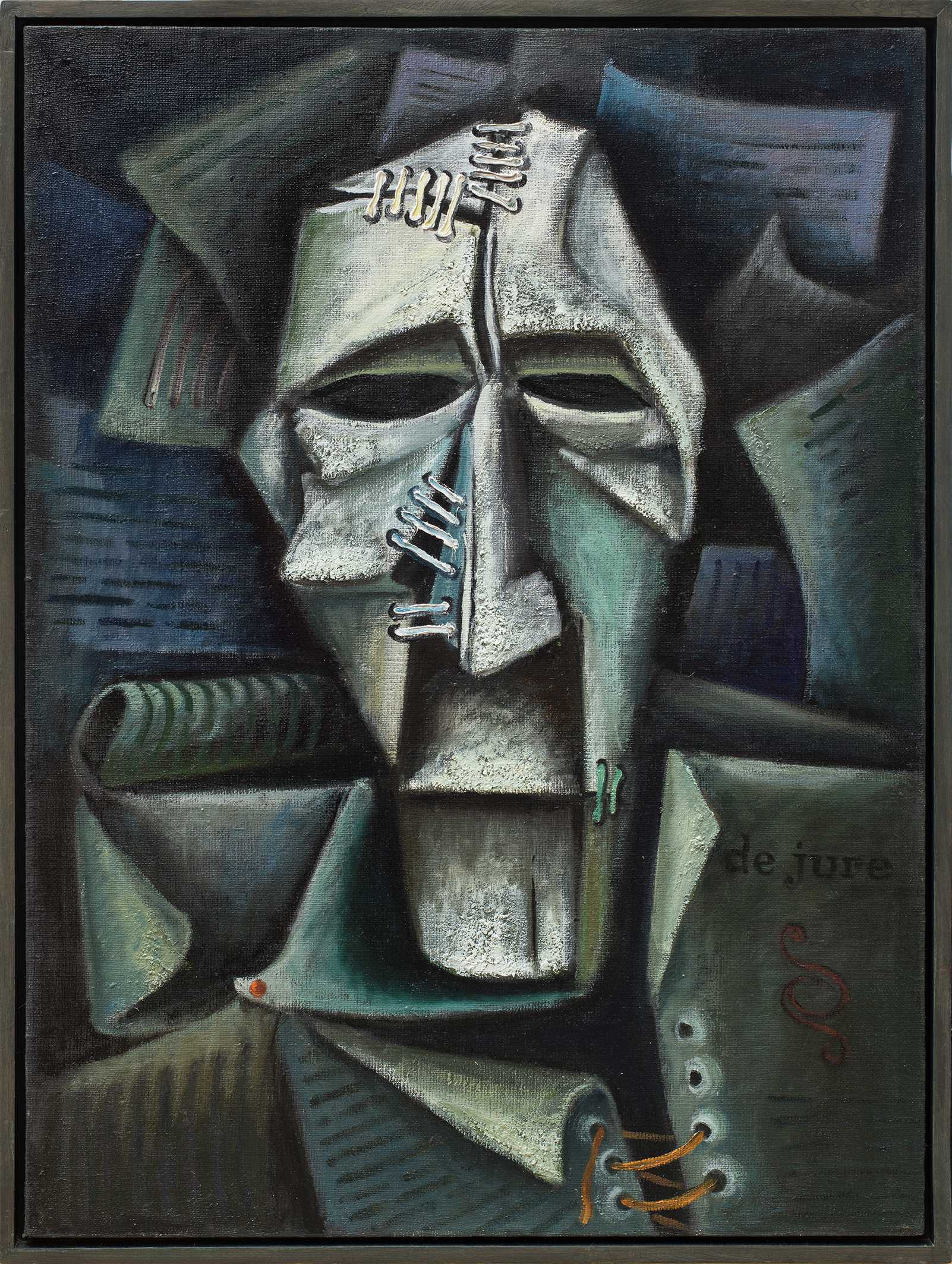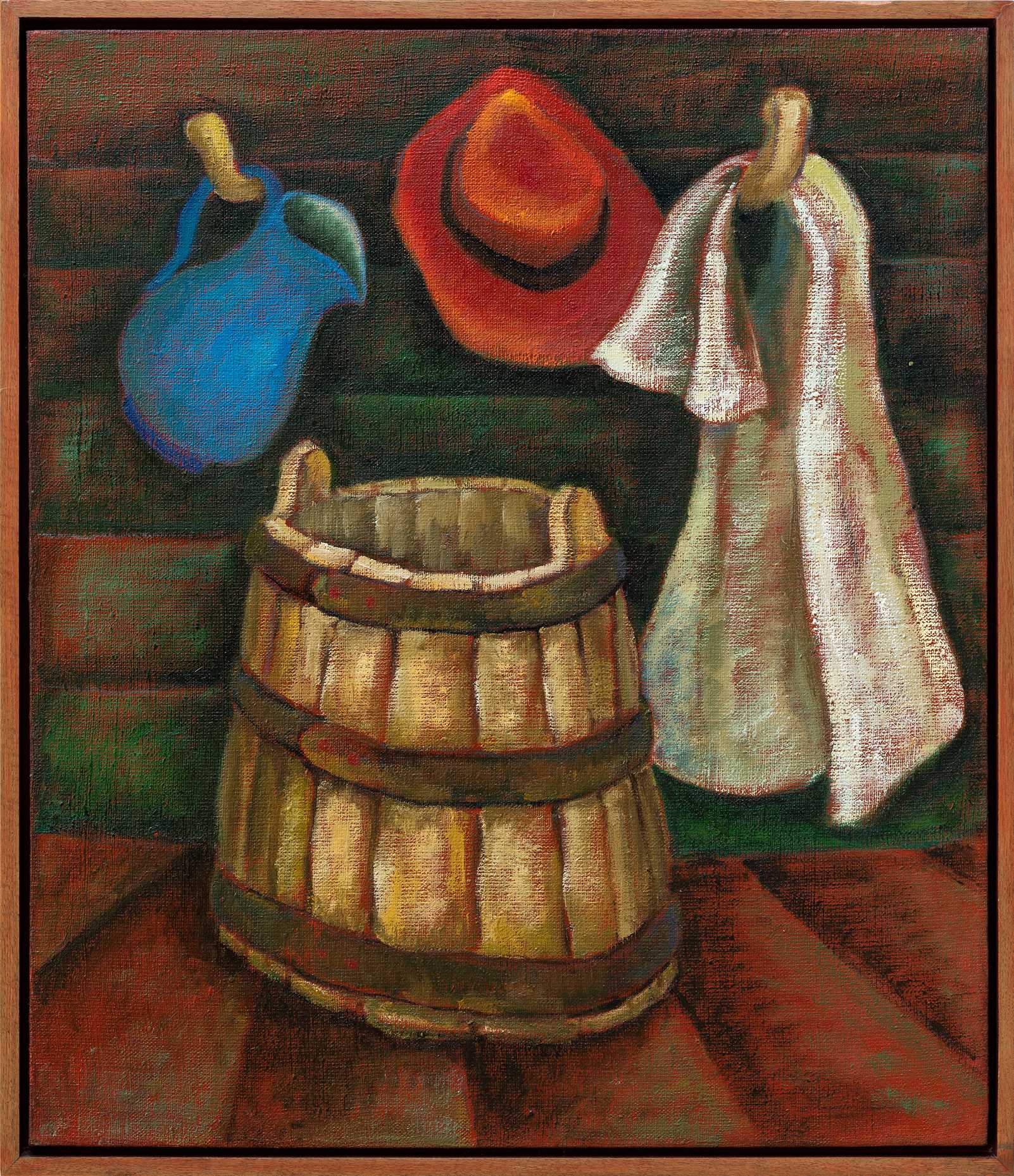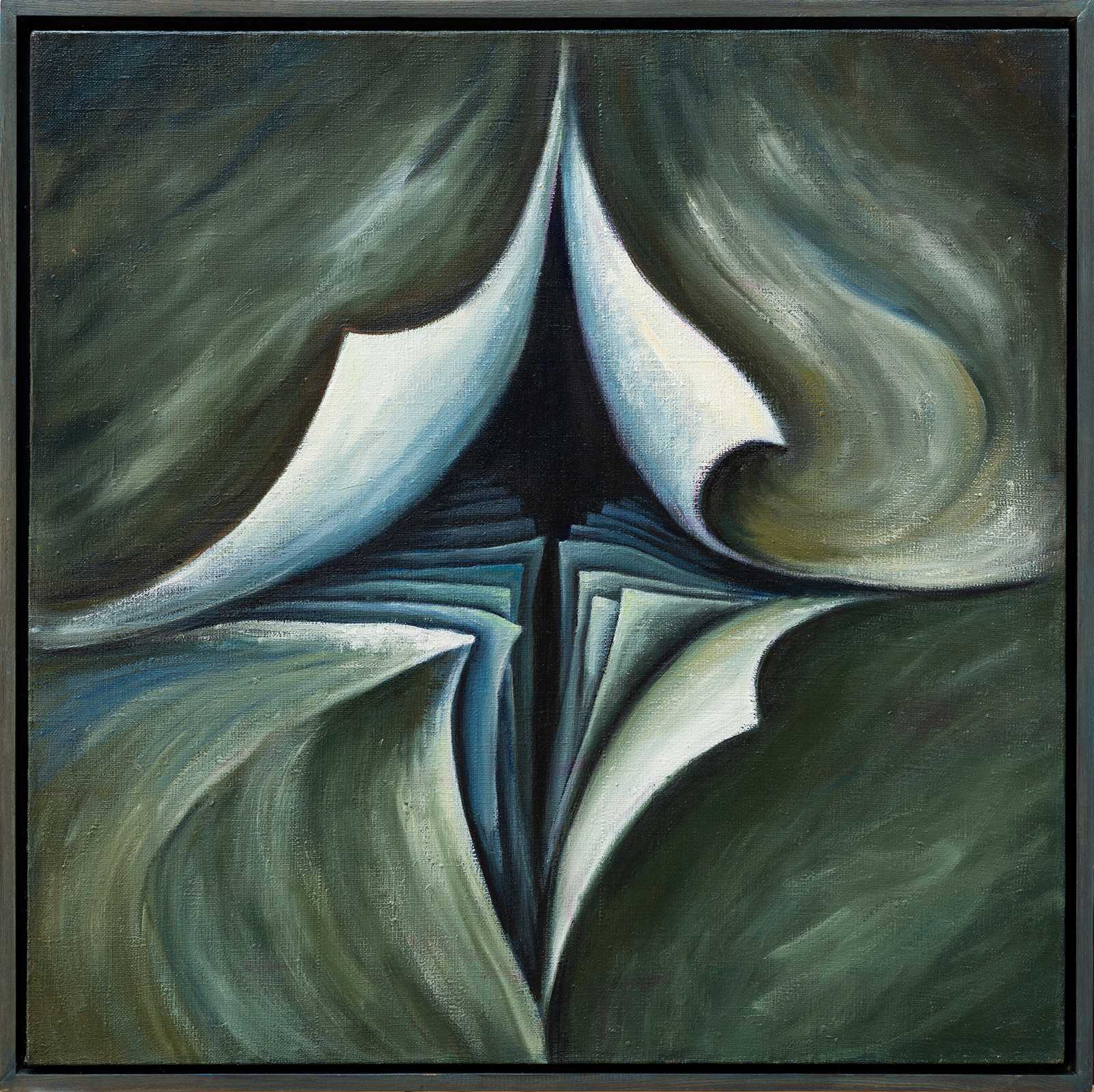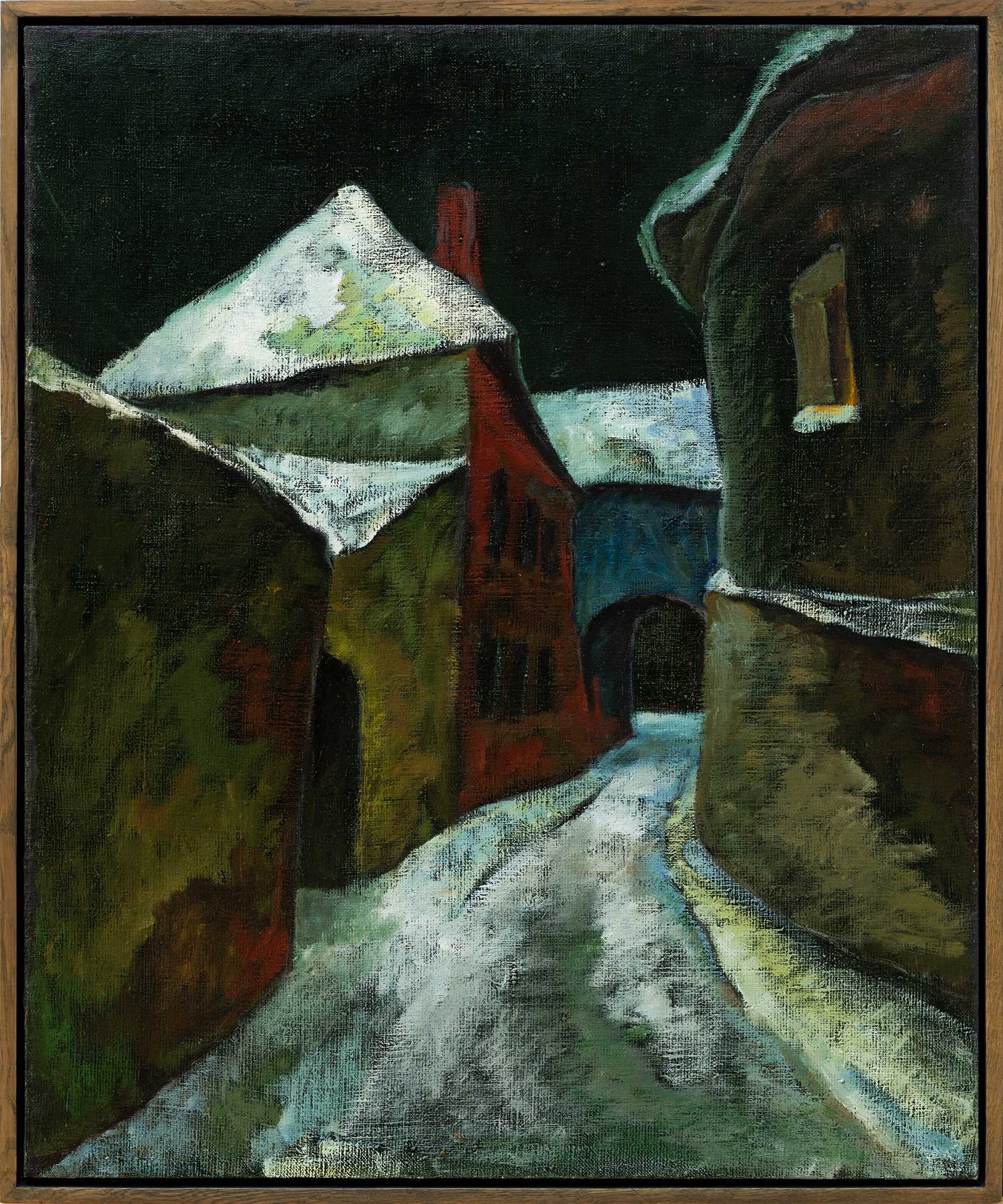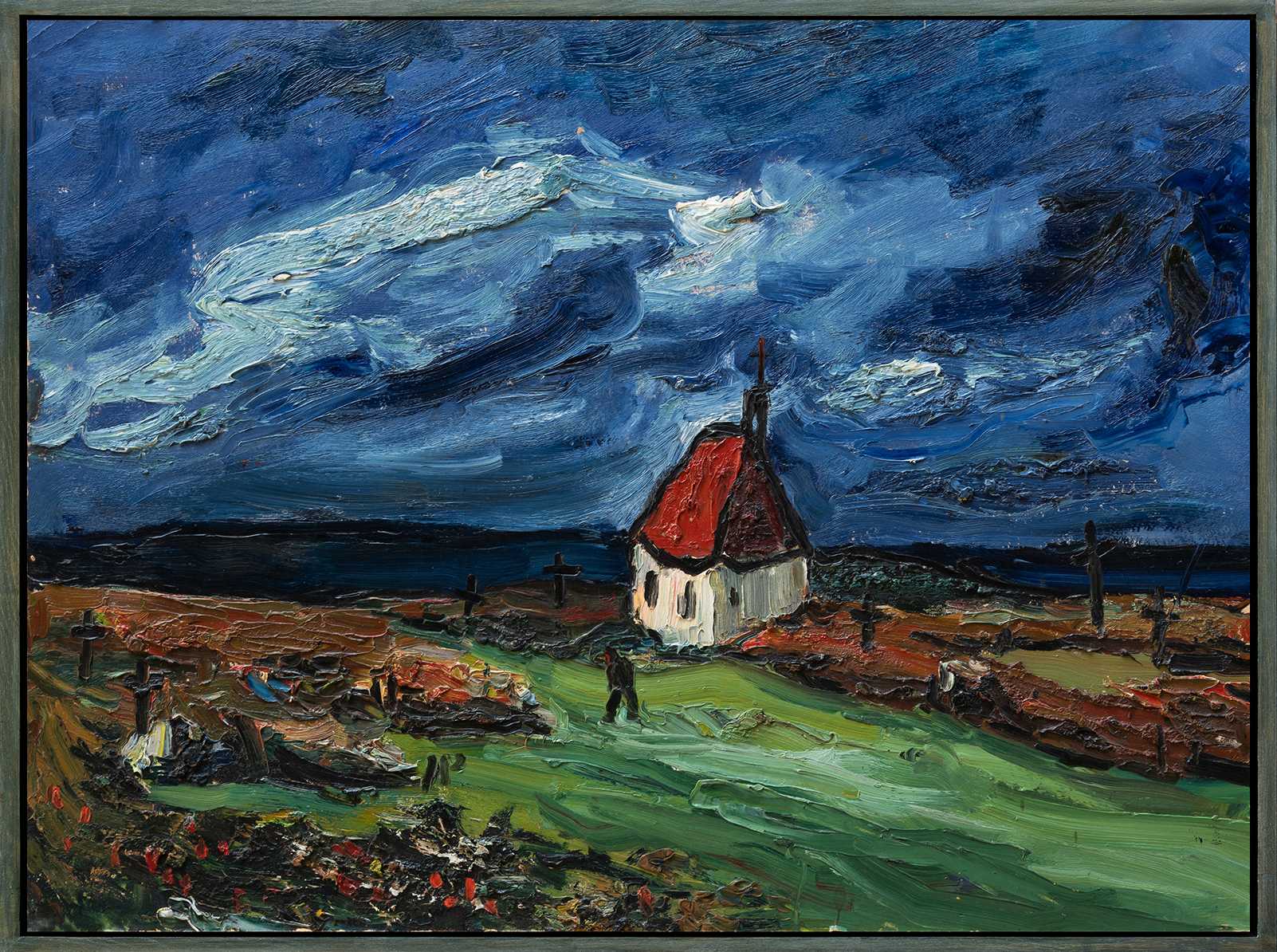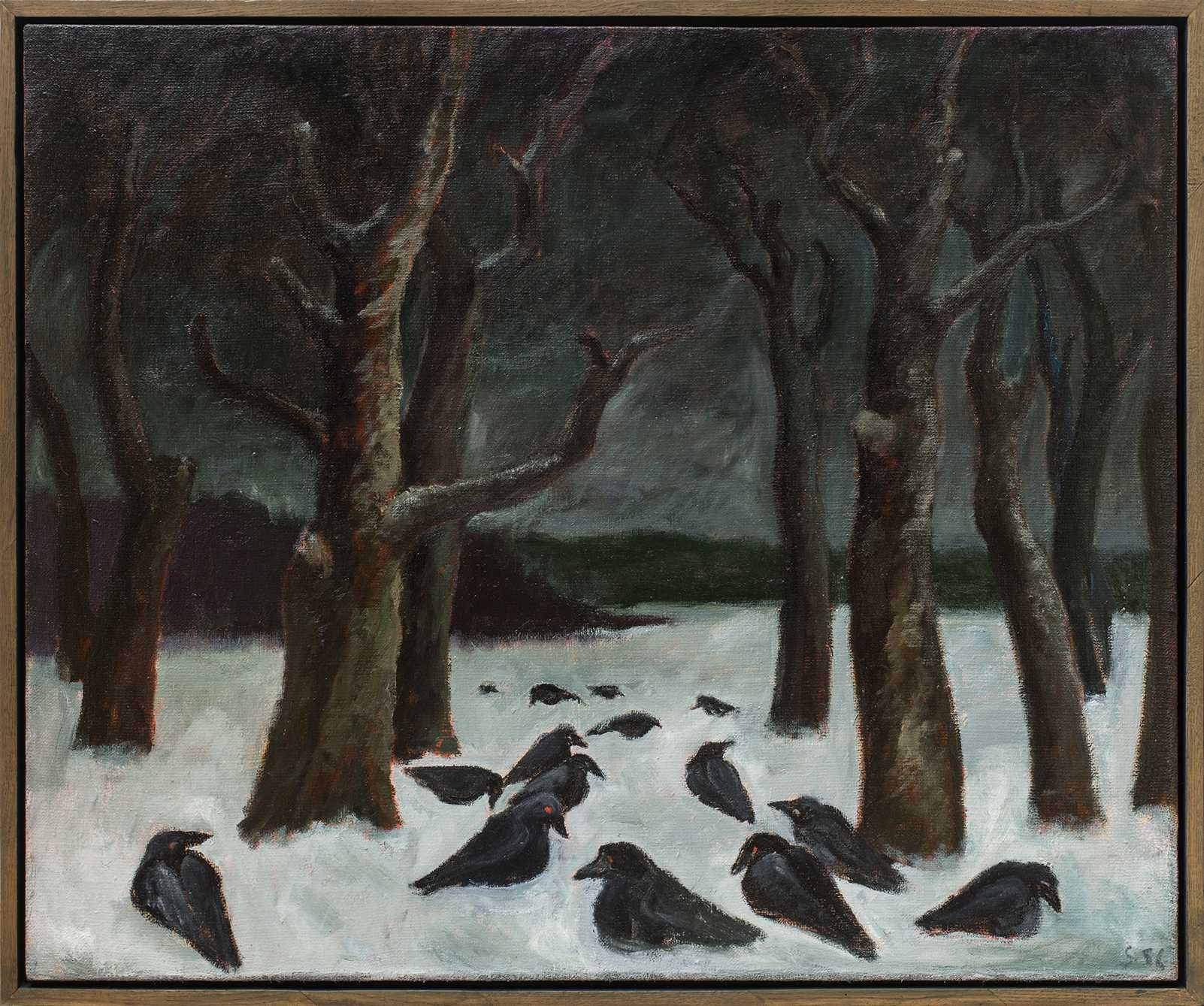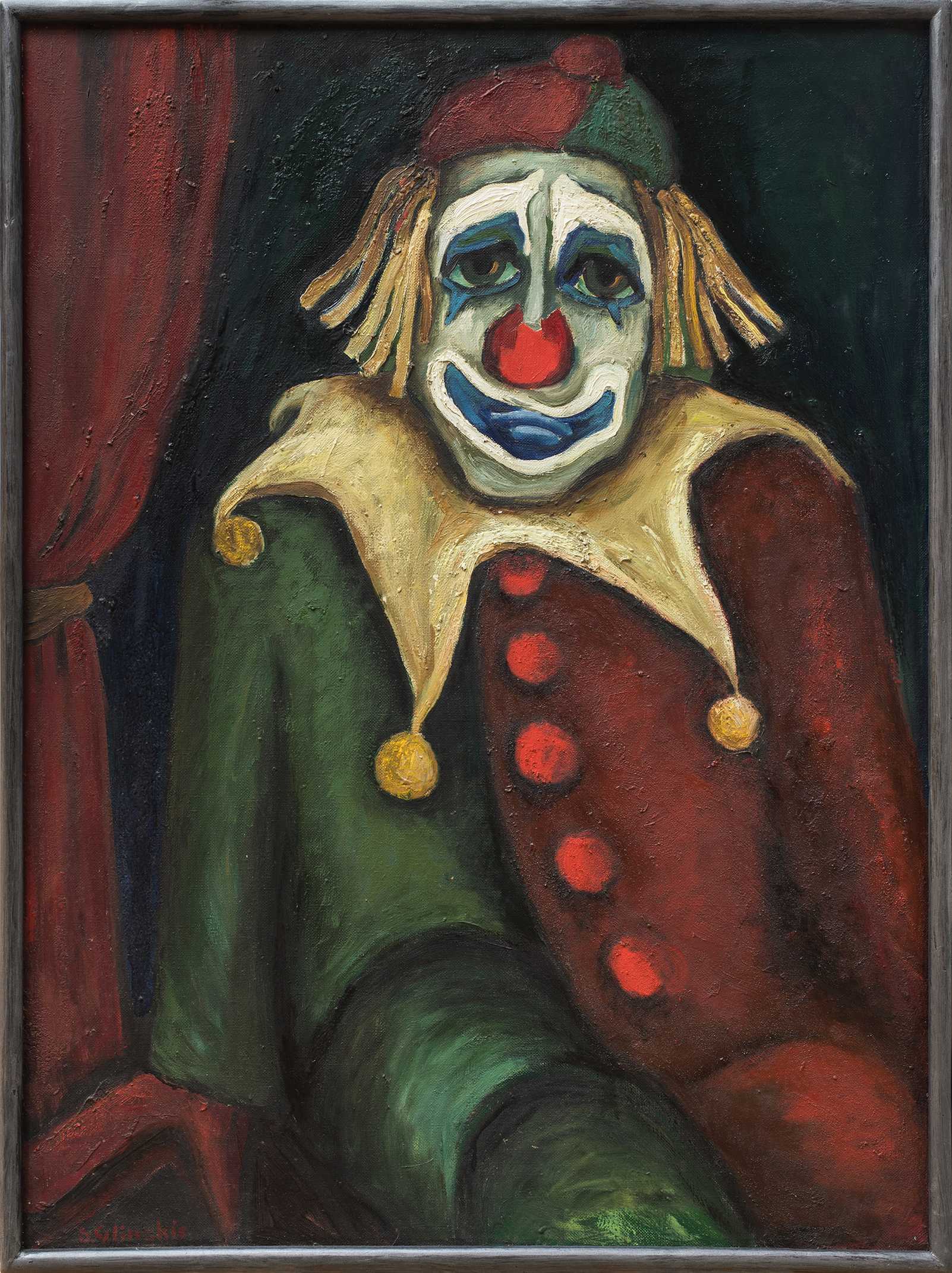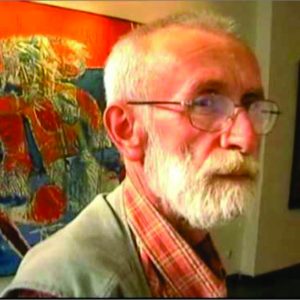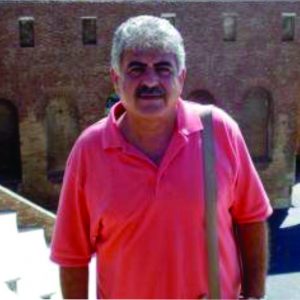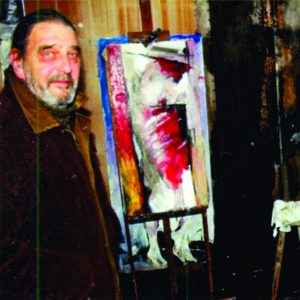Description
Stanislovas Glinskis retrospective exhibition “Way”
In Zervas Art Web Gallery, the painter Stanislovas Glinskis representing the retrospective exhibition “Way”. During this period individual drawings of S.Glinskis creation is formed dark collorit, minimalist reflection, deformation of visual object. In the exhibition artist presents some of the authors works for this period. S.Glinskis work on the one hand, represents a certain alternative to painting stylistics formed during the Soviet era, has been faithfull for almost five decades. The author focuses on hihglighting and coding the details. The painter works focuses on aesthetics and shhape, brand and symbolism, and the symbolic language of certain details. During the 1969-1991 period the artist certains included the likes of a clown and old man motifs. Also during this period, still life and landscape genres are established, in which on the focus is a form and color, the dynamic of conception. The characteristic portraits highlight the motive of lonliness, this statues is reflected in the most of the author work’s which do not avoid bold painting deformations. Is in the portraits thats the author focuses on the coding, deformation of the part. In the late period of his creation S. Glinskis not only continues his themes, but also experiments. His works brings abstraction genre, shape and color. The author motives away from realistic portrait, his still life and landscapes increasingly, on form, rythms and colorits.
What does Stanislovas Glinski’s works say to today’s art lover? The exhibition reveals the artist’s difficult path in the Soviet era in an attempt to avoid imposing stereotypes, ignoring mandatory themes and fashions. By choosing the posture of the outsider, targeting the classical modernist tradition of Western art, Glinskis remains true to himself to this day.
Painter S. Glinskis lives and creates Kaišiadorys. His work was presented abroad: Denmark, Netherlands, Canada, Germany, USA. Also the artist’s works are in private collections. Curators of this exhibitions are Gabrielė Kuizinaitė and Panagiotis Zervas.

